When you think of New Year’s Eve in Japan, what comes to mind?
Perhaps the famous Kohaku Uta Gassen (Song Festival), the ringing of Joya no Kane (temple bells), and of course—Toshikoshi Soba.
Toshikoshi Soba, literally “year-crossing soba,” is a long-standing tradition where people eat soba noodles on New Year’s Eve. It’s considered a symbolic and lucky meal that helps people end the year on a clean slate and start the new year with good fortune.

In this article, we’ll explore the history and meanings behind Toshikoshi Soba, its regional differences, and even share tips on how to cook a delicious bowl at home.
What is Toshikoshi Soba?

On the night of December 31st, it’s always Toshikoshi Soba! Come to think of it, even when I was abroad, I still had soba on New Year’s Eve.

Today, I’ll be sharing all the charm and appeal of Toshikoshi Soba!
When did the tradition begin?
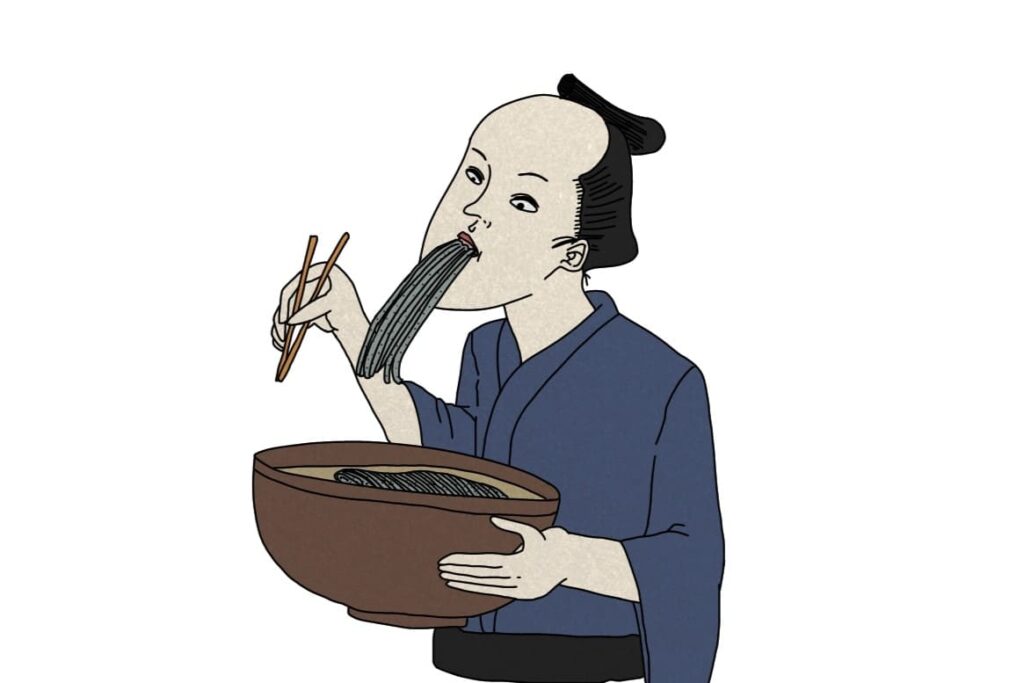
The custom of eating Toshikoshi Soba is said to have started in the early to mid-Edo period (1603–1868). At first, wealthy merchants and temples would serve soba to mark the year’s end, and the tradition gradually spread to the public across Japan.
Why do people eat soba on New Year’s Eve?

The timing is deeply symbolic. Eating soba specifically on New Year’s Eve represents cutting off hardships of the past year and starting fresh. It’s like pressing the reset button before stepping into the new year.
Regional variations of Toshikoshi Soba
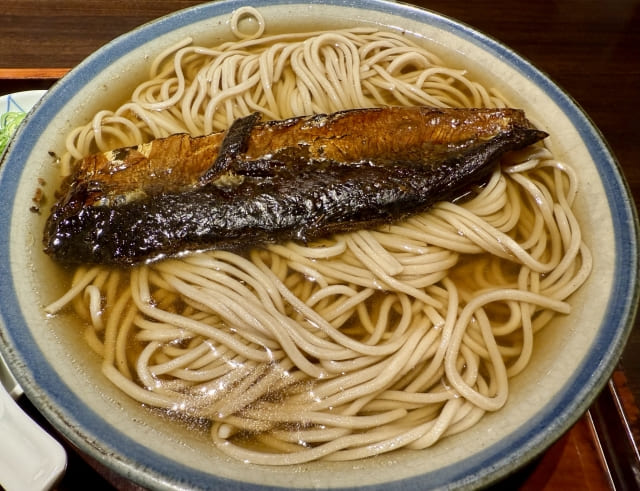
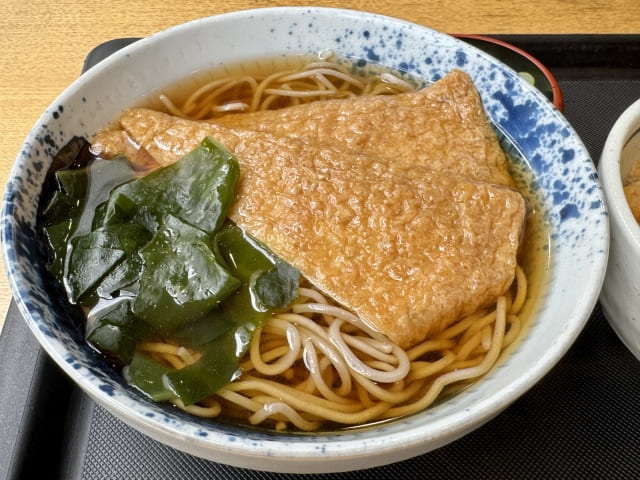
While soba is enjoyed nationwide, the toppings and styles vary by region.
- In Hokkaido, herring soba is common.
- In Kyoto and Osaka, tempura or kitsune soba are popular.
- In Niigata, people often eat hegi soba, while Nagano is famous for Togakushi soba.
These local variations add charm to the nationwide tradition.
The Meanings Behind Toshikoshi Soba
Toshikoshi Soba isn’t just a meal—it’s full of symbolic meaning.
1. Warding off bad luck

Soba noodles break more easily compared to other noodles. This symbolizes cutting ties with misfortune and hardships of the year, ensuring they don’t carry over into the next.

You often hear the belief that people eat soba to drive away bad luck, right?
2. Wishing for longevity
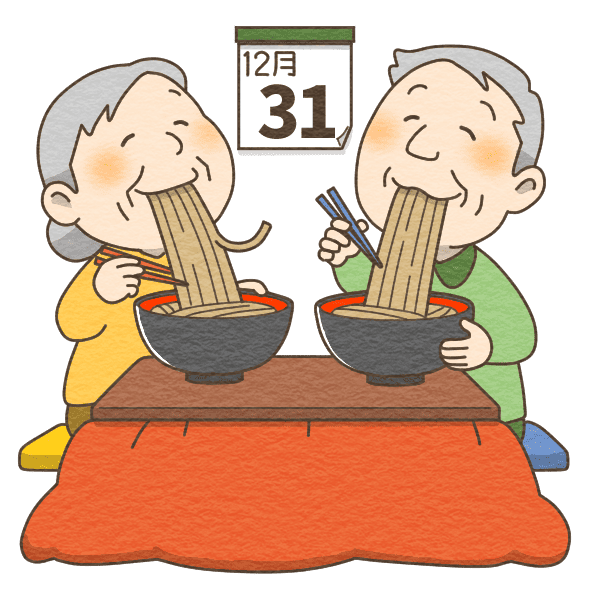
The long, thin shape of soba noodles symbolizes a long life. Eating them expresses the wish for health and longevity.

Taro! Let’s promise to eat Toshikoshi Soba together on New Year’s Eve, even 52 years from now.
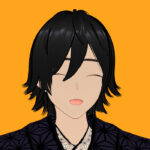
you mean the year of the game Cyberpunk 2077 lol Okay…
3.Attracting wealth

Historically, goldsmiths used soba flour to gather scattered gold dust and also used it in gold leaf making. Because of this, soba came to symbolize wealth and prosperity.
4. Bringing good fortune
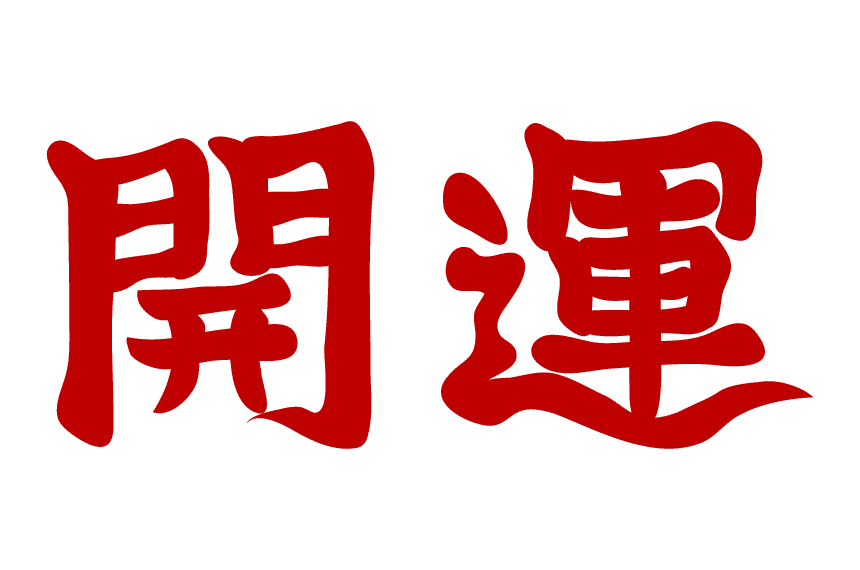
In the Kamakura period, the Jotenji Temple in Hakata served “yo-naoshi soba” (literally “world-renewing soba”) to the poor on New Year’s Eve. Those who ate it were said to experience better fortune in the following year, giving rise to soba as a good luck food.
5. Praying for health
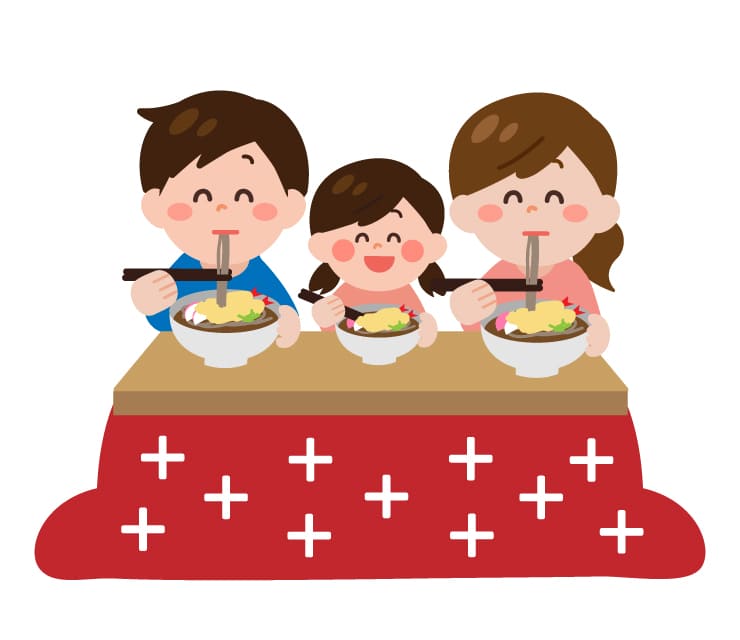
Buckwheat plants are resilient. Even after harsh weather, they quickly recover under sunlight. This resilience gave soba its association with good health.
How to Make Delicious Toshikoshi Soba
If you’re going to enjoy Toshikoshi Soba, why not make it tasty too? Here’s how.
Basic soba cooking method

- Bring a large pot of water to a boil.
- Add soba and cook according to package instructions.
- Drain and rinse under cold water to remove excess starch.
- Reheat quickly in hot water before serving in bowls.
👉 Be careful not to overcook soba, or it will lose its texture!

After chilling the noodles in cold water, reheating them for less than 10 seconds is just fine.
How to make tasty soup broth
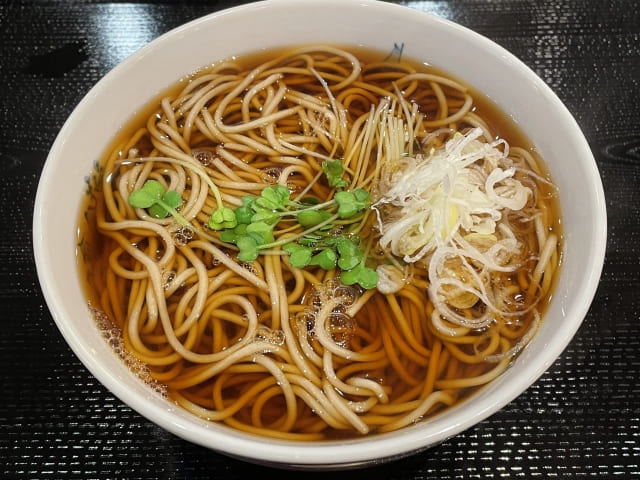
Ingredients (for 2 servings):
- 400ml dashi (Japanese soup stock)
- 3 tbsp soy sauce
- 2 tbsp mirin
- 1 tsp sugar
Instructions:
- Combine all ingredients in a small pot.
- Heat gently and stop just before boiling.
This makes a light, flavorful broth perfect for soba.
Recommended toppings
Different toppings give soba a unique twist. Popular choices include:
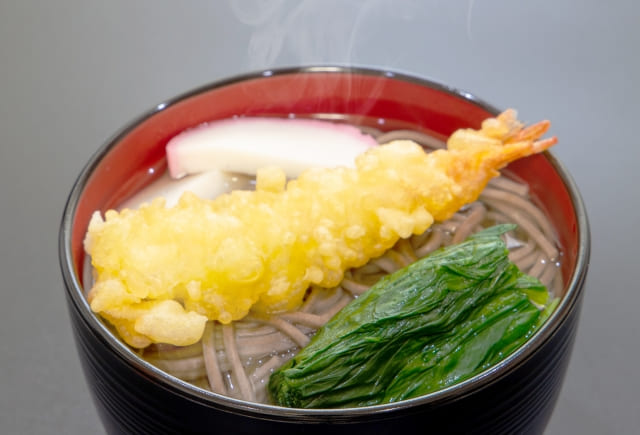 Tempura soba | Shrimp tempura for a festive touch |
 Herring soba | Sweet simmered herring, a Kyoto and Hokkaido specialty |
 Mushroom soba | Earthy, umami-rich mushrooms for a healthy choice |
 Kakiage soba | Crispy vegetable fritters that soak up the broth beautifully |

This New Year’s Eve, I’m making homemade kakiage tempura for the soba—look forward to it!

Personally, I’m craving Tempura Soba though…
Toshikoshi Soba Q&A
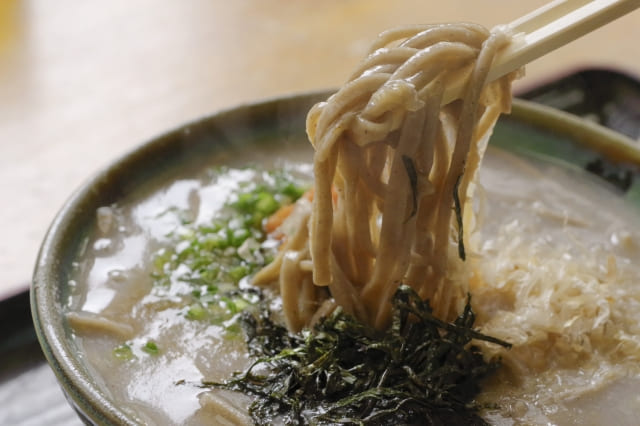
- QDoes it have to be hot soba?
- A
Hot soba is most common, but cold soba is fine too—there’s no strict rule.
Final Thoughts about Toshikoshi Soba
Toshikoshi Soba is more than just a meal—it’s a cultural tradition that carries deep symbolism. From cutting away misfortune to wishing for health, longevity, and prosperity, it reflects the hopes of Japanese people as they step into the new year.
Whether you enjoy it with shrimp tempura, mushrooms, or herring, Toshikoshi Soba is a delicious way to celebrate New Year’s Eve. If you get the chance, try making it at home and welcome the new year the Japanese way—with a warm bowl of soba.

If you like gaming, and you are also interested in Japan, you may love these Japanese themed games!

Yes! Let’s play!

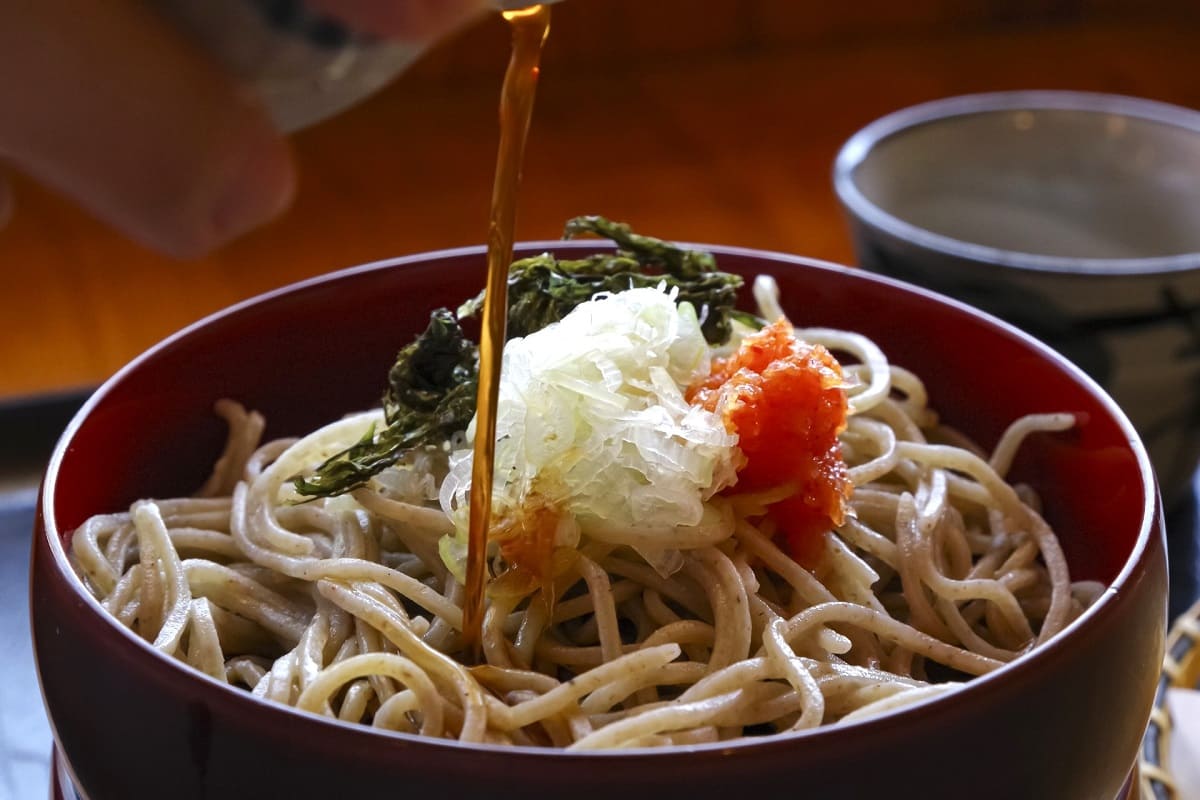
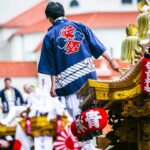
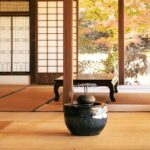
Comments